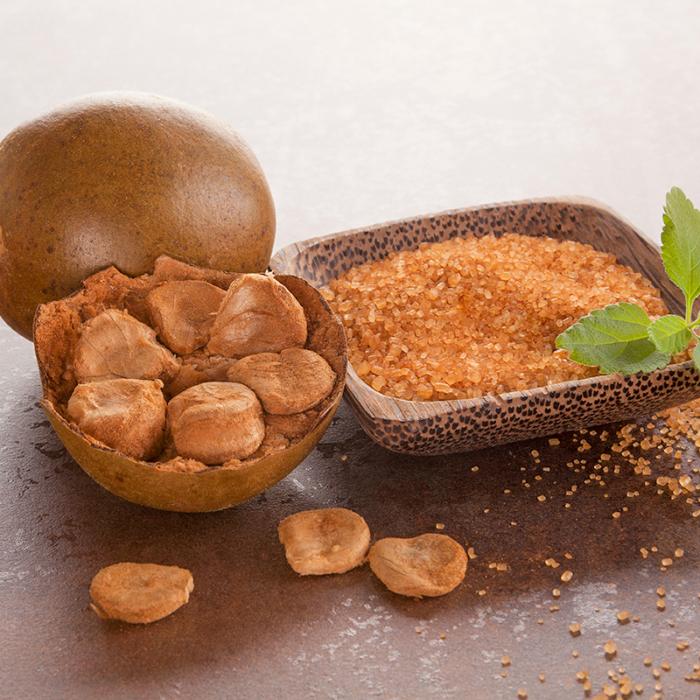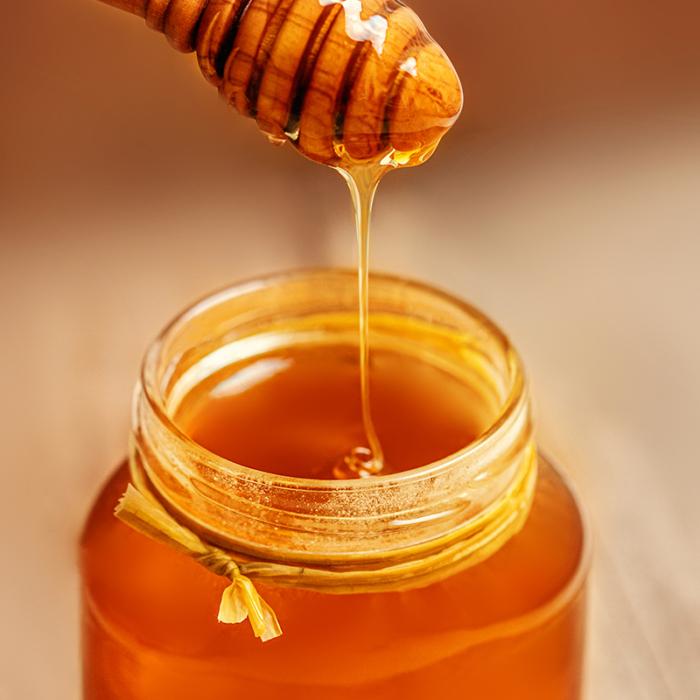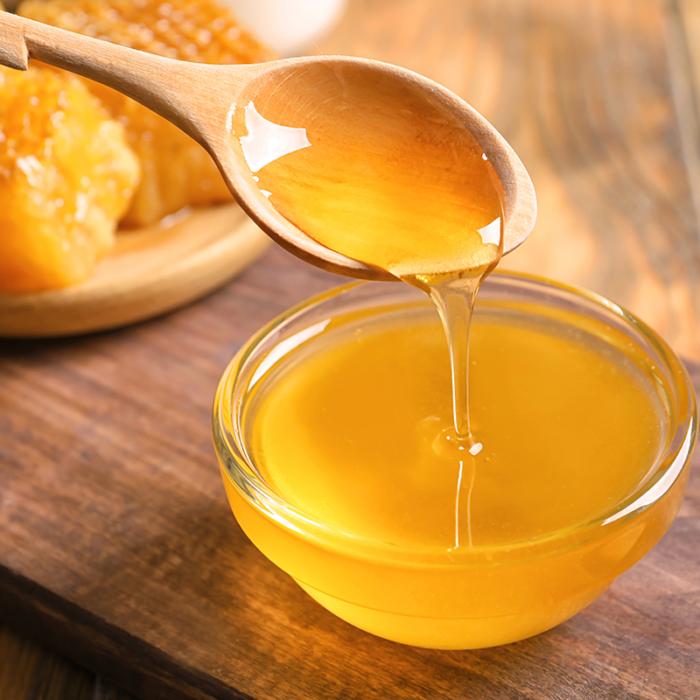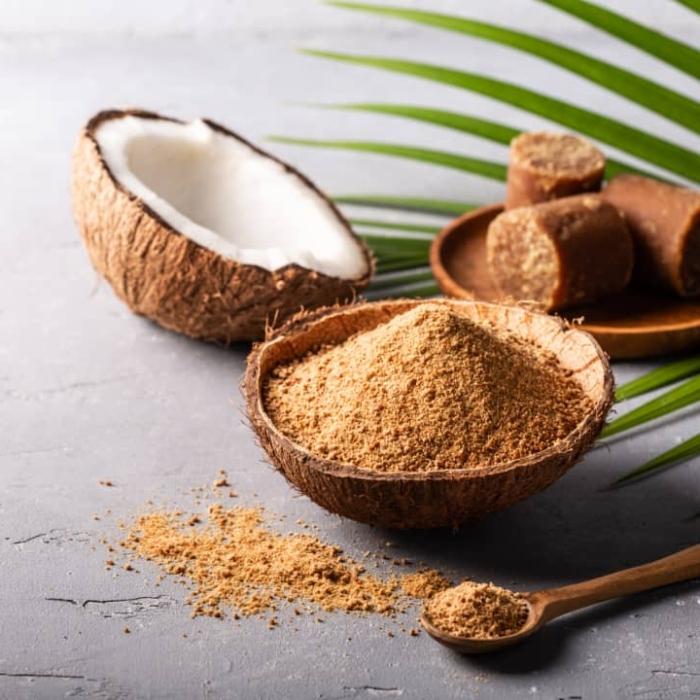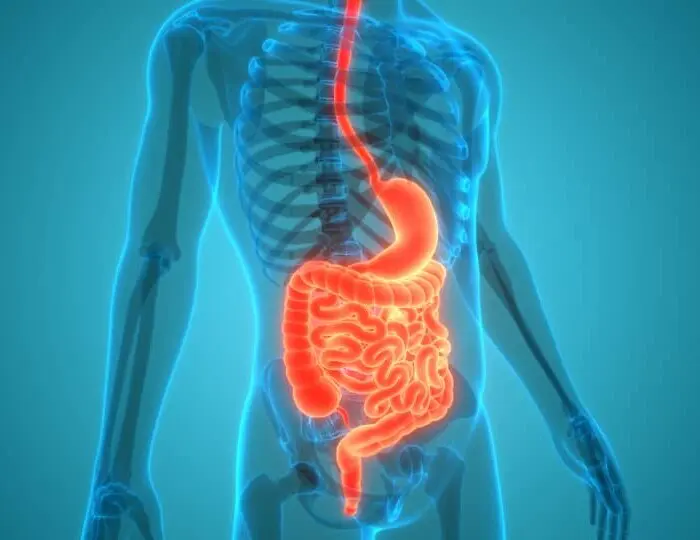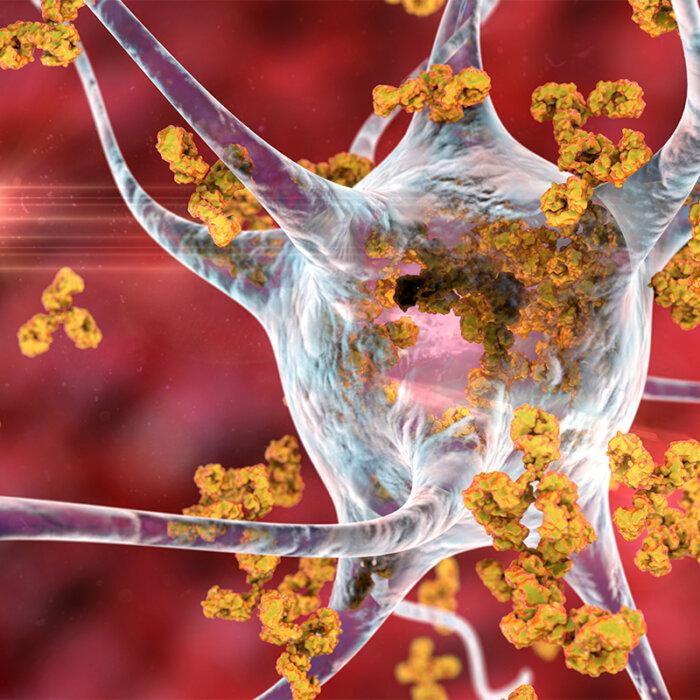Types of Sugars Found in Honey
Honey is a delightful gift from nature. With variations based on the source plants and other factors, there are more than 300 types of honey worldwide.“Honey should not be categorized as free sugar. It is different,” Tauseef Khan, a research associate in the Department of Nutritional Sciences at the University of Toronto’s Temerty Faculty of Medicine, told The Epoch Times.
Mr. Khan said honey is a “complex mixture of sugars” and that rare sugars, which have unique benefits, aren’t complex carbohydrates but are usually found in the form of monosaccharides or disaccharides. These sugars possess potential metabolic effects, and many also serve as prebiotics.
Compared with regular sugar, honey can lower fasting blood sugar levels, reduce bad cholesterol, and raise good cholesterol.
“Those effects are very surprising; if it was normal sugar, then those effects should not have been there,” Mr. Khan said.
Sweeter Than Sugar but Has a Lower Glycemic Index
The glycemic index (GI) (pdf) of glucose is 100, while sucrose averages about 66 and fructose 24. Because of variations in sugar composition, the GI values of different types of honey fall within the range of 35 to 74, with an average of 60.Interestingly, because of its high level of fructose, honey is 25 percent sweeter than sugar.
Nevertheless, honey has lower GI values and calorie content than refined sugar.
Honey’s Proven Anti-Diabetic Effects
Using honey as a substitute for refined sugar in one’s diet offers additional benefits.The blood sugar-lowering and anti-diabetic effects of honey have been proven in both animal and human studies.
On the other hand, people who received sucrose experienced different changes. Not only did their fasting blood sugar levels rise by 2.2 percent, but their body weight and body fat percentage also increased.


During the trial, none of these patients experienced diabetic ketoacidosis or hyperglycemic hyperosmolar state (common symptoms include dry skin or tongue, fruity breath, drowsiness, confusion, difficulty breathing, rapid heartbeat, abdominal pain, and vomiting). Long-term consumption of honey led to weight reduction, controlled blood pressure, and improved cardiovascular conditions in all patients.
How Does Honey Control Blood Sugar?
How can honey lower blood sugar levels, despite being a type of sugar?Mr. Khan said honey contains 30 to 40 different types of rare sugars, which play a role in regulating appetite-related hormones and insulin secretion, ultimately promoting glucose metabolism.
These rare sugars can help mitigate the effects of fructose and glucose, resulting in lower fasting blood sugar levels and improved blood sugar control. Some of them also serve as food for certain good bacteria, which are beneficial for gut health, while others have immune-enhancing properties.
The compounds and flavonoids found in honey possess antioxidant properties that can improve the progression of diabetes caused by oxidative stress and metabolic disorders associated with the condition. Interestingly, the antioxidant capacity of honey is associated with its color, with darker honey having a higher antioxidant value.
The trace elements found in honey, such as zinc and selenium, are also believed to contribute to blood sugar control.
Specific proteins present in honey can activate the body’s innate immune system.
Why Raw Honey and How Much to Consume
Mr. Khan said the data suggest that raw honey has more benefits than honey that has undergone high-temperature processing. Those who consume processed honey also experience benefits, “but they might be more muted or less.”Raw honey retains more of its beneficial components and bioactivity; the processing of regular honey may alter its composition and bioactivity.
Specifically, honey products undergo a brief heating process during production to reduce moisture and yeast content, but this process also lowers the amount of diastase enzyme in the honey. Diastase plays a role in facilitating the breakdown of starch, thus positively affecting blood sugar and lipid levels.
Heat processing of honey can lead to an increase in a substance known as hydroxymethylfurfural (HMF). When metabolized in the human body, HMF can convert into a genotoxic compound, diminishing the honey’s beneficial effects.
During heat processing, the beneficial bacteria present in honey are also reduced.
Mr. Khan emphasized that choosing honey from a single floral source ensures that “the composition of honey will be consistent,” making it easier to derive specific benefits.
He said honey sourced from multiple floral origins may come from different regions, suppliers, or even countries, resulting in significant variations in their rare sugar content. Mixing honey from different sources diminishes its overall benefits. The aforementioned review study from 2022 indicated that, within a healthy dietary pattern, honey from a single floral source, particularly acacia and clover honey, can improve blood sugar control and lipid levels.
According to Mr. Khan’s research, optimal benefits were observed when people consumed roughly two tablespoons, equivalent to about 40 grams, of honey per day as a replacement for sugar.





